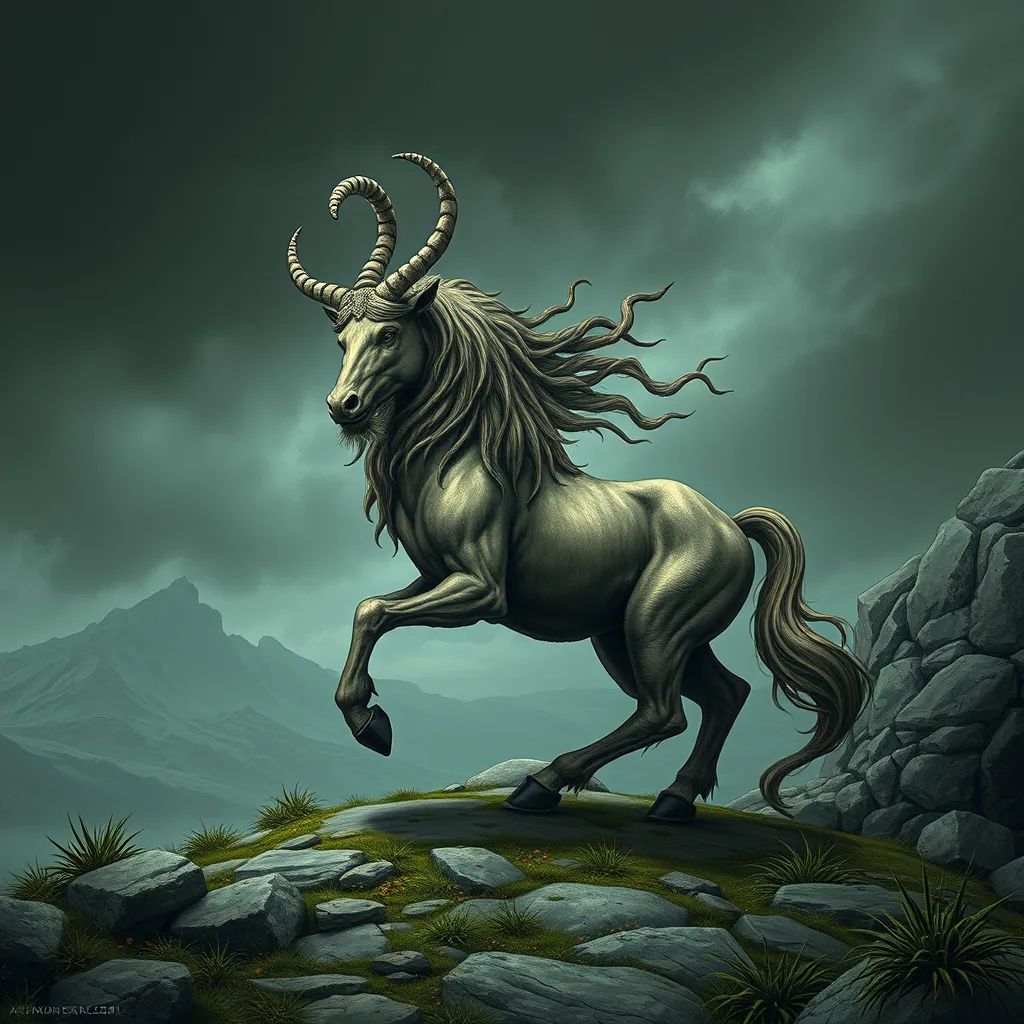The Bat God and the Trickster: Exploring the Dual Nature of Camazotz in Folklore
I. Introduction
Camazotz is a significant figure in Mesoamerican mythology, known as the bat god. This deity embodies both the reverence and fear associated with bats in various cultures. In the context of the ancient Maya and Aztec civilizations, Camazotz represents a profound duality—he is simultaneously a god of life and death, creation and destruction, a protector and a trickster. The bat, as a symbol, carries rich meanings, from fertility to the underworld, highlighting the complexity of this character.
The purpose of this article is to explore the dual nature of Camazotz, focusing on his roles as both a powerful god and a cunning trickster. By examining historical contexts, mythological stories, and modern interpretations, we can gain insight into how this duality reflects broader human experiences and cultural narratives.
II. Historical Context of Camazotz
Camazotz finds its origins in the rich tapestry of Maya and Aztec cultures. From the remnants of ancient texts and inscriptions, we can trace the evolution of this figure throughout history.
- Origins in Maya and Aztec cultures: Camazotz is primarily associated with the Maya civilization, where he emerges as a prominent figure in their pantheon. The Aztecs also acknowledged him, reflecting the shared cultural elements between these two great civilizations.
- References in ancient texts and inscriptions: One of the most notable references to Camazotz appears in the Popol Vuh, the sacred book of the Maya, which reveals his role in the creation myth and his interactions with other deities.
- Evolution of the figure throughout history: As Mesoamerican societies evolved, so did the interpretations of Camazotz, adapting to the changing religious and cultural landscapes.
III. Camazotz as the Bat God
As the bat god, Camazotz embodies various attributes and symbolism. He is often depicted as a fearsome creature with human and bat-like features, emphasizing his connection to the night and the unknown.
- Attributes and symbolism associated with Camazotz: Camazotz represents darkness, the underworld, and the cycles of death and rebirth. His association with bats signifies both fear and fertility, as bats are known for their nocturnal activity and reproductive capabilities.
- Role in creation myths and rituals: In creation myths, Camazotz plays a crucial role in shaping the world and influencing the agricultural cycles. His presence in rituals often signifies the importance of balance in nature.
- Connection to death, the underworld, and agricultural fertility: Camazotz is closely linked to the concepts of death and the afterlife. His influence extends to agricultural fertility, as he is believed to guide the souls of the deceased and ensure the regeneration of crops.
IV. The Trickster Archetype in Mythology
The trickster archetype is a recurring theme in mythology across various cultures. Tricksters are often characterized by their cunning, intelligence, and ability to manipulate circumstances to their advantage.
- Definition and characteristics of the trickster figure: Tricksters often defy conventional norms and expectations. They embody chaos and creativity, challenging the status quo and revealing deeper truths.
- Examples of trickster figures in other cultures: Notable trickster figures include the Norse god Loki, the African spider Anansi, and the Native American coyote. Each of these figures exhibits traits of cleverness, deception, and unpredictability.
- The importance of duality in mythological narratives: Tricksters often embody duality, serving as both creators and destroyers. This complexity adds depth to their narratives and reflects the multifaceted nature of human experiences.
V. Camazotz as a Trickster
In addition to being a bat god, Camazotz exhibits many qualities of a trickster. His legends often highlight his cunning and deceptive behaviors.
- Stories and legends depicting Camazotz’s trickster qualities: Various tales describe Camazotz outsmarting other deities or humans, using his wit to achieve his goals.
- Analysis of his cunning and deceptive behaviors: His actions often serve to teach lessons about humility, respect for nature, and the consequences of arrogance.
- Impact on human characters within the myths: Characters who encounter Camazotz often find themselves challenged or transformed, illustrating the trickster’s role in shaping human destinies.
VI. The Duality of Camazotz: God and Trickster
The dual nature of Camazotz reflects broader themes found in folklore. This complexity is essential for understanding the human experience, as it embodies the balance of creation and destruction.
- How the dual nature reflects broader themes in folklore: The interplay between Camazotz’s roles as a god and a trickster illustrates the tension between order and chaos in human life.
- The balance of creation and destruction in Camazotz’s persona: His ability to bring both life and death signifies the natural cycles of existence, reminding us that one cannot exist without the other.
- The significance of duality in understanding human experience: Embracing duality allows for a richer understanding of our complexities, revealing the interconnections between various aspects of life.
VII. Modern Interpretations and Cultural Impact
In contemporary times, Camazotz continues to resonate in various forms of media and literature, influencing modern interpretations of folklore and mythology.
- Representation of Camazotz in contemporary media and literature: Camazotz has inspired numerous artistic representations, from literature to film, showcasing his enduring legacy.
- Influence on modern understandings of folklore and mythology: The exploration of Camazotz’s duality helps to inform contemporary discussions on cultural identity and heritage.
- The relevance of Camazotz in today’s cultural narratives: As societies confront their complexities, figures like Camazotz provide a lens through which to explore the interplay of light and darkness in our lives.
VIII. Conclusion
In conclusion, the dual nature of Camazotz as both a bat god and a trickster offers profound insights into Mesoamerican mythology and the human condition. This exploration underscores the significance of understanding folklore as a reflection of cultural values and human experiences.
By studying figures like Camazotz, we can appreciate the richness of mythology and its ability to convey timeless truths. This examination invites further exploration into the fascinating world of Mesoamerican mythology and the lessons it holds for us today.
